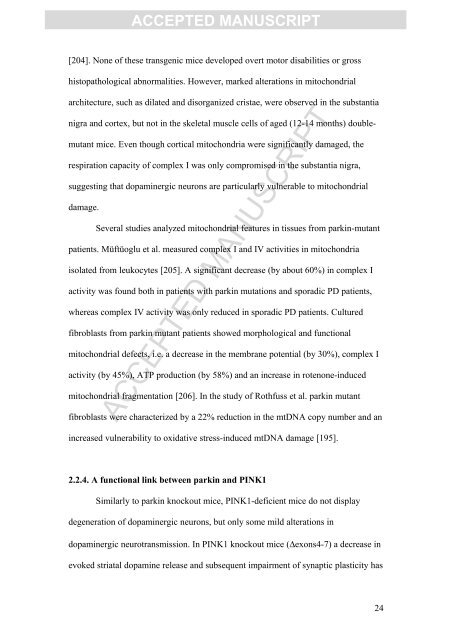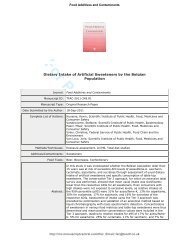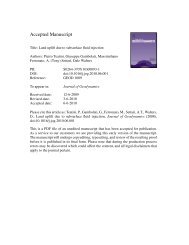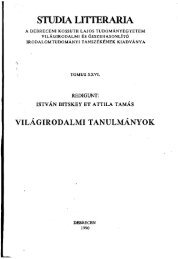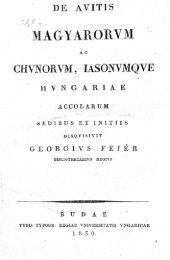accepted manuscript
accepted manuscript
accepted manuscript
You also want an ePaper? Increase the reach of your titles
YUMPU automatically turns print PDFs into web optimized ePapers that Google loves.
ACCEPTED MANUSCRIPT<br />
[204]. None of these transgenic mice developed overt motor disabilities or gross<br />
histopathological abnormalities. However, marked alterations in mitochondrial<br />
architecture, such as dilated and disorganized cristae, were observed in the substantia<br />
nigra and cortex, but not in the skeletal muscle cells of aged (12-14 months) double-<br />
mutant mice. Even though cortical mitochondria were significantly damaged, the<br />
respiration capacity of complex I was only compromised in the substantia nigra,<br />
suggesting that dopaminergic neurons are particularly vulnerable to mitochondrial<br />
damage.<br />
Several studies analyzed mitochondrial features in tissues from parkin-mutant<br />
patients. Müftüoglu et al. measured complex I and IV activities in mitochondria<br />
isolated from leukocytes [205]. A significant decrease (by about 60%) in complex I<br />
activity was found both in patients with parkin mutations and sporadic PD patients,<br />
whereas complex IV activity was only reduced in sporadic PD patients. Cultured<br />
fibroblasts from parkin mutant patients showed morphological and functional<br />
mitochondrial defects, i.e. a decrease in the membrane potential (by 30%), complex I<br />
activity (by 45%), ATP production (by 58%) and an increase in rotenone-induced<br />
mitochondrial fragmentation [206]. In the study of Rothfuss et al. parkin mutant<br />
ACCEPTED MANUSCRIPT<br />
fibroblasts were characterized by a 22% reduction in the mtDNA copy number and an<br />
increased vulnerability to oxidative stress-induced mtDNA damage [195].<br />
2.2.4. A functional link between parkin and PINK1<br />
Similarly to parkin knockout mice, PINK1-deficient mice do not display<br />
degeneration of dopaminergic neurons, but only some mild alterations in<br />
dopaminergic neurotransmission. In PINK1 knockout mice (Δexons4-7) a decrease in<br />
evoked striatal dopamine release and subsequent impairment of synaptic plasticity has<br />
24


